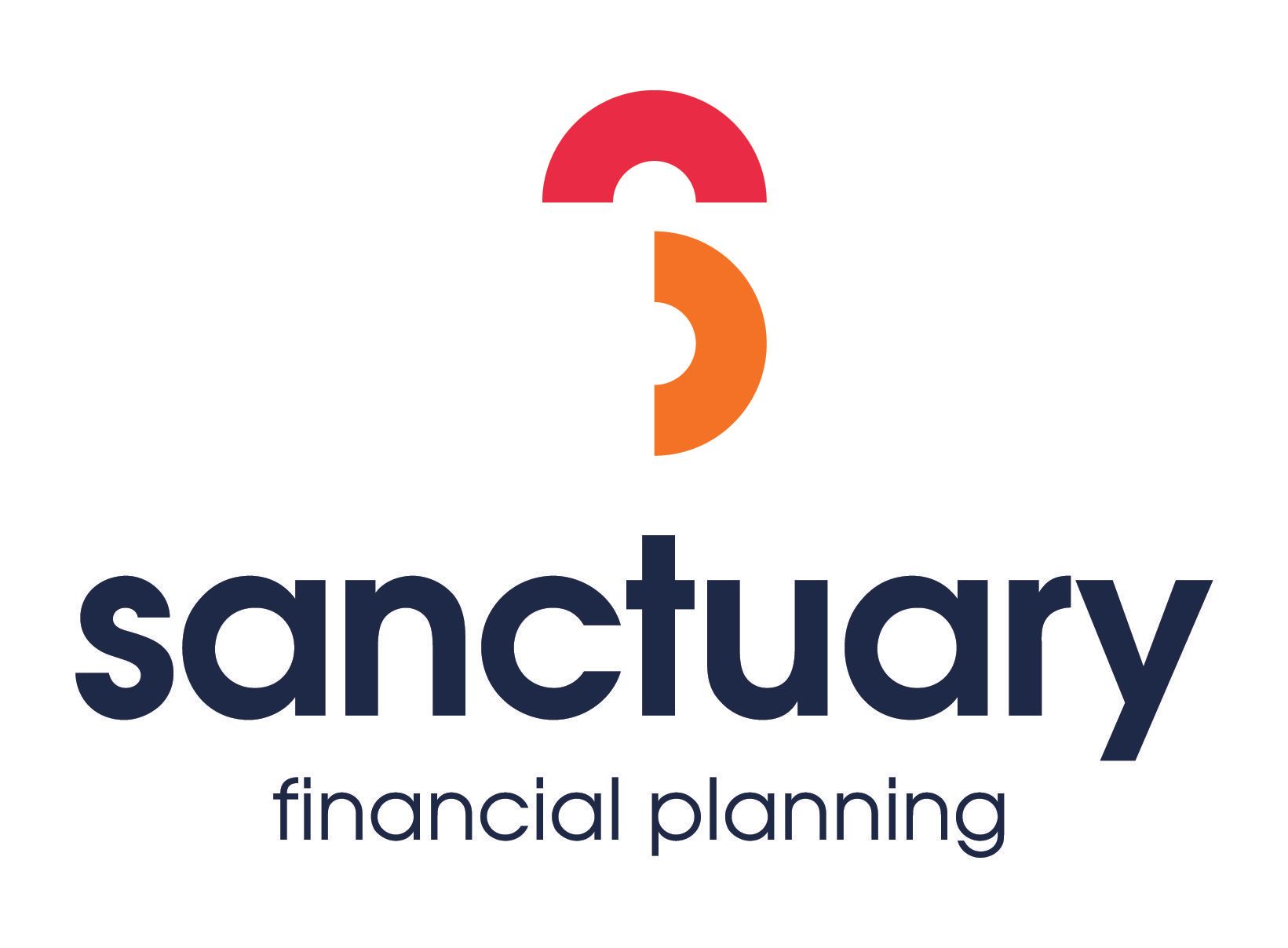I Have Multiple Pension Pots, What Shall I Do?
When you decide to stop working or reduce your working hours, you may need a retirement income; currently, from age 55 you can use a pension to create an income. But changes to working habits could make it far more complicated for today’s workers. As a result, taking an active role and managing pensions now is vitally important to know what you have, how they are doing and where they are invested.
People are more likely to swap jobs frequently, to suit their lifestyle and career goals. It gives people the freedom to balance their work and personal life and climb the success ladder in terms of career progression. However, each position is likely to come with a pension and it can make managing retirement savings a headache with many different pots.
Research carried out by an investment and pension company, Aegon found that 66% of workers in the UK think that a job for life is a thing of the past. The trend now is for people to switch jobs more frequently than previous generations.
Further stats show that just one in twenty workers aged 18-34 expects to spend more than 20 years within a single role or with the same employer. This is in stark contrast to those over 55 of which 48% either already worked for a single employer, or expect to work for a single employer, for more than two decades.
Auto-enrolment has been extremely successful in getting more people to save for their retirement. The one downside of this is those people who move from company to company may have to have a new scheme set up each time, meaning lots of many pension pots.
Auto-enrolment is based on the following criteria:
- Those aged between 22 and State Pension age
- Earn at least £10,000 per year
- Usually work in the UK
Auto-enrolment, allows you to save for the future, you contribute 4% of your pensionable earnings each month, and you can increase this if you wish. The government give you 1% if you are a basic rate taxpayer and your employer contributes 3% of your earnings, though some employers may offer higher contributions.
If you don’t fit the criteria above, you still have the option to join and your employer may also still contribute on your behalf.
If you don’t take an active interest in your retirement planning when you are working, you will find it very difficult to understand if your numbers are on track to allow you to reach your goals.
Having many pension pots can make this more difficult.
When you come to retirement and are deciding how to access your pension, having it in multiple pots can cause a headache too. Once again, you’d need to bring together the values of different pensions to understand the income and lifestyle your retirement savings can deliver.
On top of the challenges multiple pensions can cause when trying to understand your retirement, it can mean your investments don’t go as far. For example, charges on a smaller pension can effectively wipe out investment gains. In some cases, consolidating your pension can improve returns and make retirement plans easier to manage.
Consolidating allows you to transfer pensions into another existing pension. This way you’re able to reduce how many pensions you have to manage. It can make it easier to keep track of investments.
For many, consolidating pensions, especially if you have multiple small pots, will make sense. It can help you reduce the impact of charges on investment performance. At the point of retirement, it can also make it easier to access your pension to create an income.
However, sometimes consolidation isn’t the most appropriate choice. For example, some pensions will come with additional benefits that may lose if you were to transfer out. This may include the ability to access the investments earlier than the normal retirement date It’s important to fully understand your pension before you decide to consolidate them.
You also need to consider where your pension is invested too. There are many areas to consider, including long-term investment performance, charges and your current Workplace Pension scheme.
Please contact us if you’re juggling several pensions and want to make them easier to manage. We’ll work with you to create a long-term plan that not only factors in ease of managing pensions now but consider your retirement too.
This blog is for general information only and does not constitute advice.





